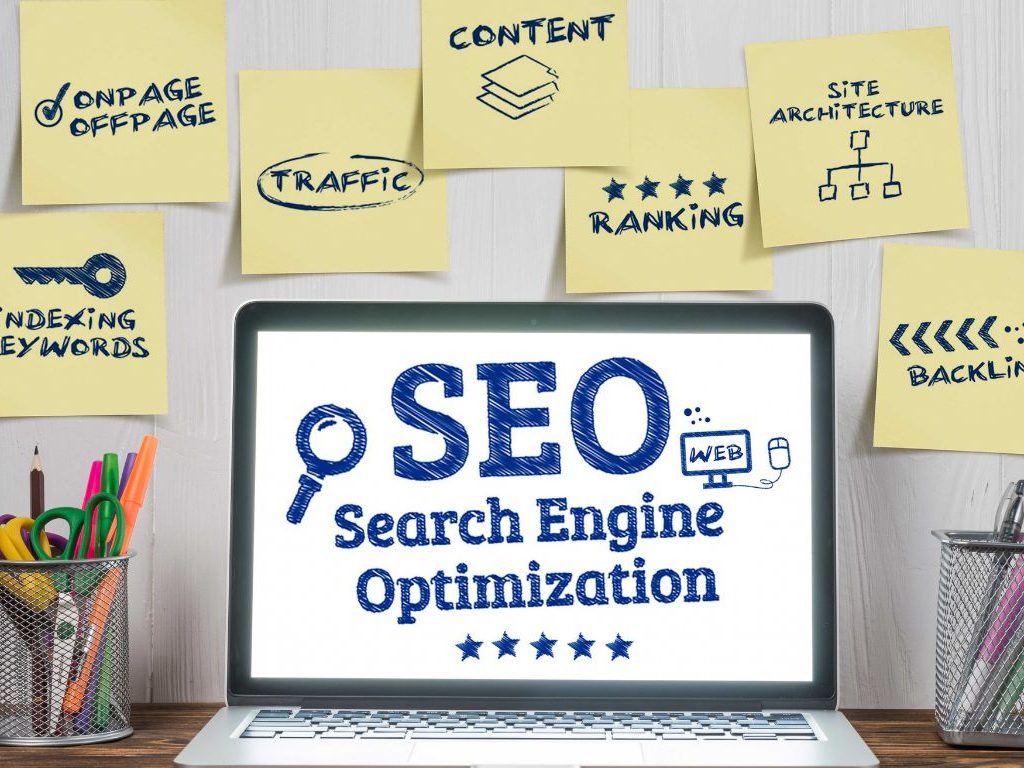In today’s data-driven world, understanding your website’s performance is crucial for business success. This is where Google Analytics comes into play. Google Analytics is a powerful tool that provides insights into how users interact with your website. Whether you’re tracking website traffic, user behaviour, or conversion rates, Google Analytics can help you make informed decisions to optimize your online presence.
Why Google Analytics Matters

Imagine you’re running a store without any idea of who’s walking in, what they’re interested in, or what they buy. That’s what it’s like to run a website without using Google Analytics. This tool gives you the data you need to understand your audience and how they interact with your website, which is essential for making informed decisions.
With Google Analytics, you can:
- Track Traffic: Know how many people visit your site, where they come from, and what devices they use.
- Analyze Behavior: Understand what users do on your site—what pages they visit, how long they stay, and where they drop off.
- Measure Conversions: Track important actions like form submissions, purchases, or downloads to measure the effectiveness of your marketing campaigns.
Key Metrics to Monitor on Google Analytics
Google Analytics offers a wealth of data, but it’s important to focus on the metrics that matter most to your business. Here are a few key metrics you should monitor:
- Sessions: A session is a group of interactions a user takes within a given time frame on your website. Monitoring sessions help you understand the volume of traffic your site receives.
- Bounce Rate: This metric shows the percentage of visitors who navigate away from the site after viewing only one page. A high bounce rate could indicate that your landing pages are not engaging or relevant enough.
- Conversion Rate: The percentage of users who complete a desired action, such as making a purchase or filling out a form. Tracking this metric helps measure the success of your marketing efforts.
- Traffic Sources: Discover where your visitors are coming from—organic search, paid ads, social media, or direct traffic. This insight helps you understand which channels are most effective in driving traffic.
How to Set Up Google Analytics
Setting up Google Analytics is straightforward and only requires a few steps:
- Create a Google Analytics Account: Sign up for a free Google Analytics account using your Google credentials.
- Add a Tracking Code: Google will provide a unique tracking code, which you need to add to every page of your website.
- Set Up Goals: Define what actions you want to track, such as form submissions, product purchases, or newsletter sign-ups.
- Connect to Google Search Console: This integration allows you to see which search queries are driving traffic to your site.
Using Google Analytics Data to Improve Your Website

Once Google Analytics is set up and collecting data, you can start analyzing it to make improvements:
- Identify Popular Content: See which blog posts or pages are getting the most traffic and create more content around those topics.
- Improve User Experience: If you notice a high bounce rate on certain pages, consider redesigning them to make them more engaging.
- Refine Your Marketing Strategy: Use traffic source data to focus your marketing efforts on the most effective channels.
Conclusion:
Google Analytics is an essential tool for any business with an online presence. By understanding your website data, you can make informed decisions that drive growth and improve user experience. Start using Google Analytics today and take control of your website’s performance!
Already have Google Analytics but not sure how to use the data? Let us help! We’ll walk you through key metrics like sessions, bounce rates, conversion rates, and more.
Ready to turn data into growth? Schedule a Free Analytics Consultation with our team and let’s optimize your website for success.




